Description
**Knowledge Encyclopedia for Children: Our Planet Earth**
**Introduction**
Our planet Earth is the third planet from the Sun and is the only known place where life exists. It is a beautiful and diverse world, full of fascinating features, ecosystems, and natural processes that make it unique. Earth is a place of forests, oceans, deserts, mountains, and so much more. Let’s explore the wonders of Earth together!
—
### 1. **What is Earth Made Of?**
Earth is made up of several layers, each with different characteristics:
– **Crust**: The outermost layer, a thin shell where we live. It’s made up of solid rocks and minerals.
– **Mantle**: Below the crust, made of semi-solid rock. It is much thicker than the crust.
– **Core**: The innermost part of Earth. The outer core is liquid and made of molten metals, while the inner core is solid and composed mainly of iron and nickel.
—
### 2. **Earth’s Atmosphere**
Earth’s atmosphere is made of a mixture of gases, including oxygen, nitrogen, and carbon dioxide. It is the layer of air that surrounds our planet and is crucial for life.
– **Oxygen**: Essential for humans and animals to breathe.
– **Nitrogen**: Makes up most of the air, but it is not used by most living creatures.
– **Carbon Dioxide**: Plants use it to make food in a process called photosynthesis.
The atmosphere also protects us from harmful rays from the Sun and helps maintain a temperature that is suitable for life.
—
### 3. **Water on Earth**
Water is found in oceans, lakes, rivers, and even underground. About 70% of Earth’s surface is covered by water, but most of it is in the oceans.
– **Oceans**: Vast bodies of saltwater that make up the majority of Earth’s water.
– **Freshwater**: Water that is not salty, found in rivers, lakes, and glaciers. It is essential for drinking and farming.
– **Water Cycle**: The movement of water from the Earth’s surface to the atmosphere and back. It includes processes like evaporation, condensation, and precipitation.
—
### 4. **Landforms**
Earth’s surface is made up of various landforms, which include:
– **Mountains**: Tall, rocky formations that can form when tectonic plates push together.
– **Plains**: Flat, wide areas of land, often found in the interiors of continents.
– **Deserts**: Dry regions with very little rainfall.
– **Forests**: Large areas covered by trees and other plants, providing homes for many animals.
– **Islands**: Land masses surrounded by water, which can be large like continents or small like sandbars.
—
### 5. **Life on Earth**
Earth is home to millions of species of plants, animals, and microorganisms. Life can be found in many different environments, from the deepest parts of the oceans to the highest mountains.
– **Animals**: Earth has a wide variety of animals, from insects to mammals, birds, and marine life.
– **Plants**: Plants are crucial for providing oxygen and food. They grow in almost every part of Earth.
– **Microorganisms**: Tiny organisms, such as bacteria and fungi, that help break down dead plants and animals and keep ecosystems balanced.
—
### 6. **The Changing Earth**
Earth is constantly changing, both in the natural world and because of human activities.
– **Natural Changes**:
– **Volcanoes** erupt, creating new landforms.
– **Earthquakes** happen when tectonic plates shift.
– **Erosion** wears away rocks and soil over time.
– **Human Impact**: People have also changed the Earth in many ways, such as building cities, farming, and causing pollution. It is important to take care of Earth to ensure it remains a healthy place for future generations.
—
### 7. **The Four Seasons**
Earth has four seasons: spring, summer, fall (autumn), and winter. These seasons occur because of Earth’s tilt and orbit around the Sun.
– **Spring**: A time when plants start to grow and the weather gets warmer.
– **Summer**: The warmest time of year, with long days and lots of sunshine.
– **Autumn**: A cooler season when leaves change color and fall from trees.
– **Winter**: The coldest season, with shorter days and sometimes snow or ice.
—
### 8. **Earth and the Solar System**
Earth is part of the solar system, a collection of planets, moons, and other objects that orbit the Sun. The other planets are:
– **Mercury**: The closest planet to the Sun.
– **Venus**: Similar in size to Earth but has a thick, toxic atmosphere.
– **Mars**: Known as the “Red Planet” because of its reddish appearance.
– **Jupiter**: The largest planet in the solar system, with a famous storm called the Great Red Spot.
– **Saturn**: Known for its beautiful rings made of ice and rock.
– **Uranus**: A cold planet that spins on its side.
– **Neptune**: A distant planet, known for its blue color and strong winds.
—
### 9. **Protecting Earth**
It’s important to take care of our planet to make sure it remains a great place for future generations. Some ways we can help protect Earth include:
– **Reduce, Reuse, Recycle**: Minimize waste and reuse items when possible.
– **Save Water**: Use water wisely and avoid wasting it.
– **Plant Trees**: Trees help clean the air and provide habitats for animals.
– **Save Energy**: Turn off lights when not in use and use energy-efficient appliances.
—
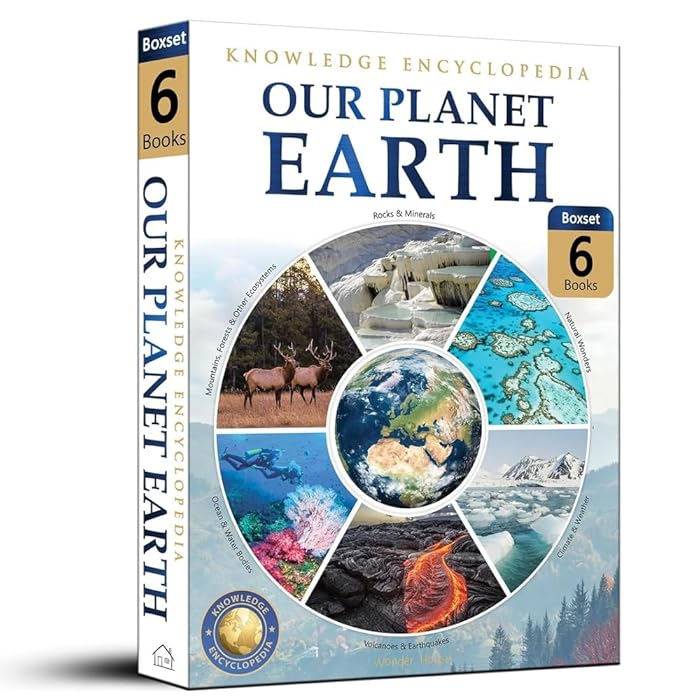
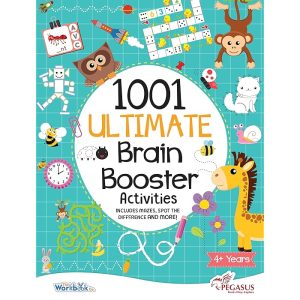

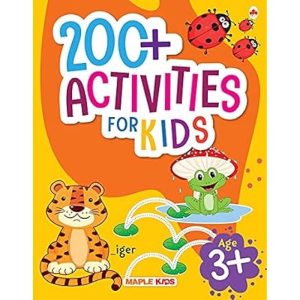
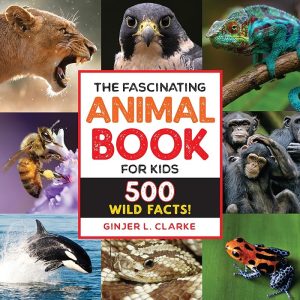
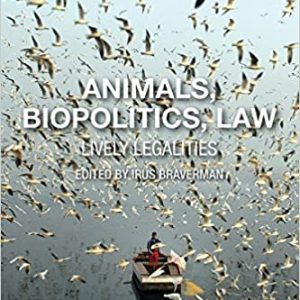

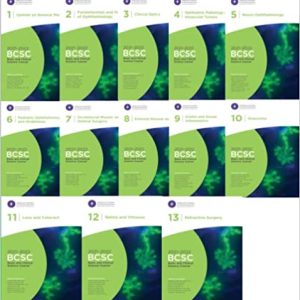
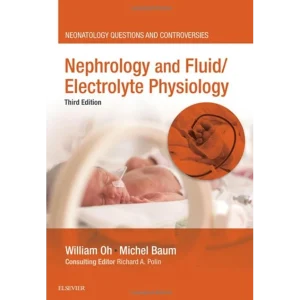
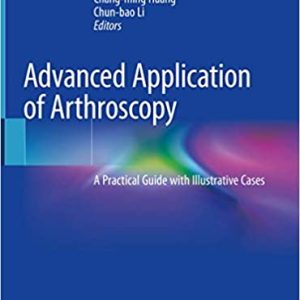




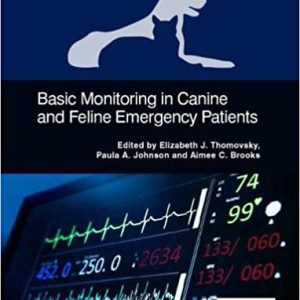
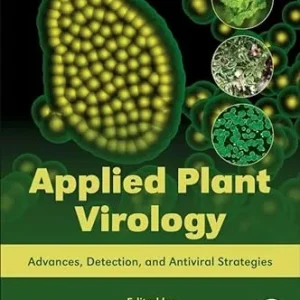
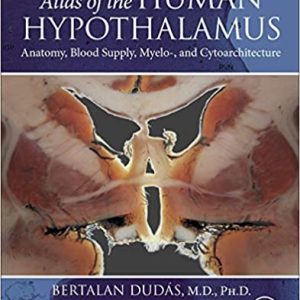



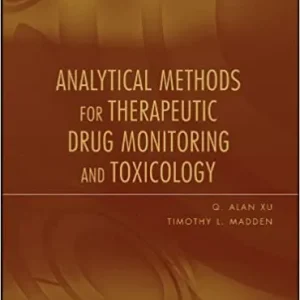

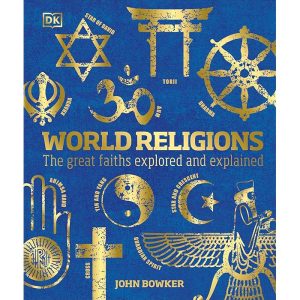
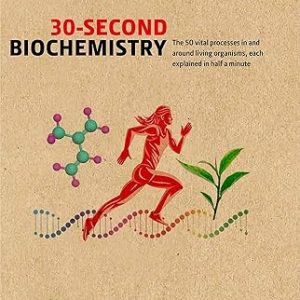
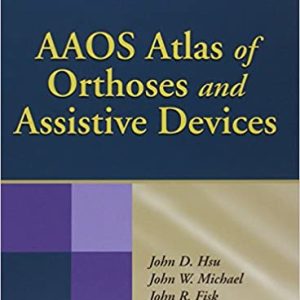
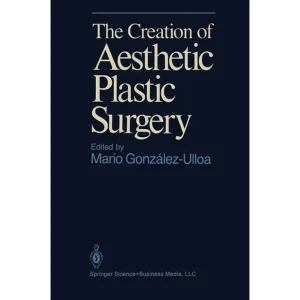

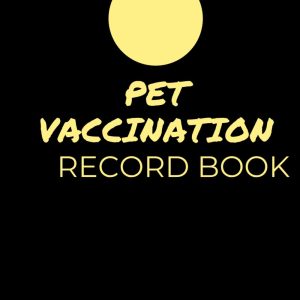
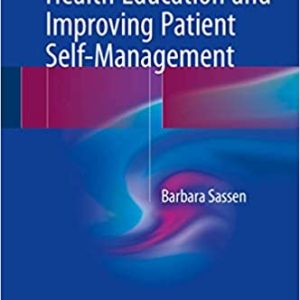
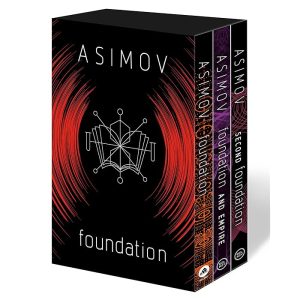

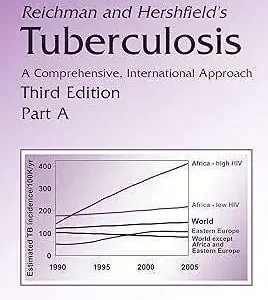
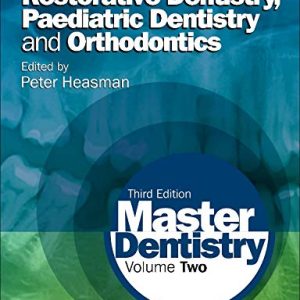
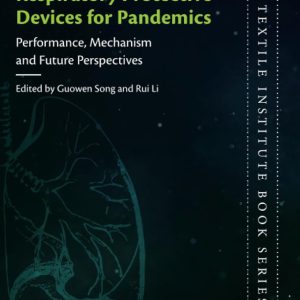
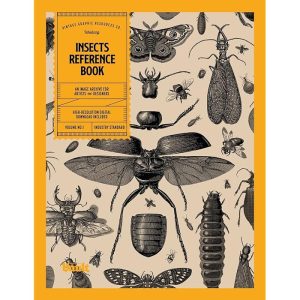
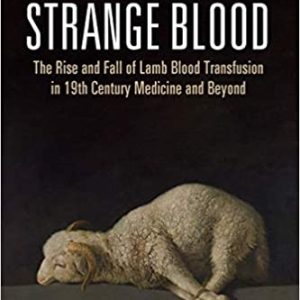
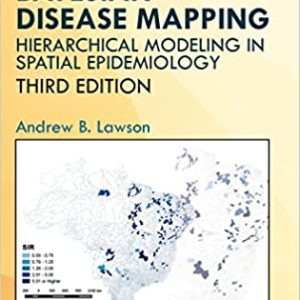
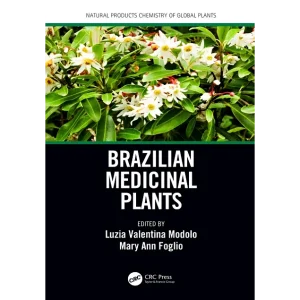
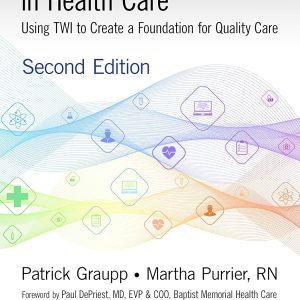
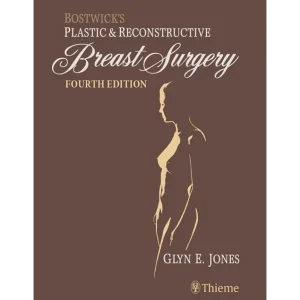
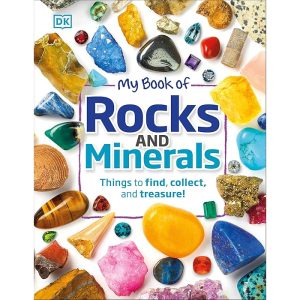

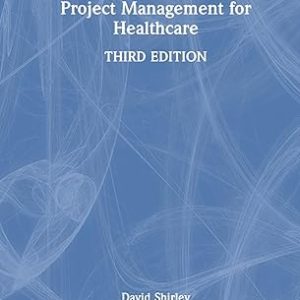


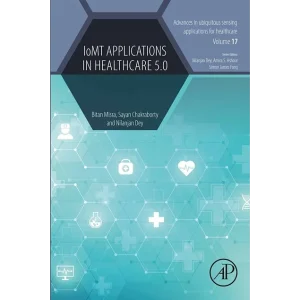
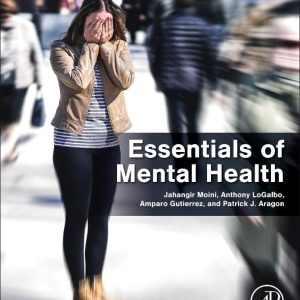

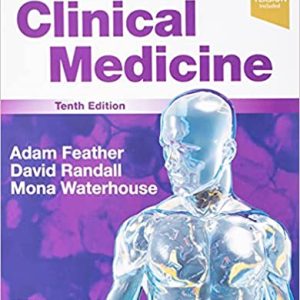




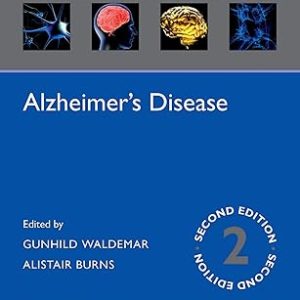




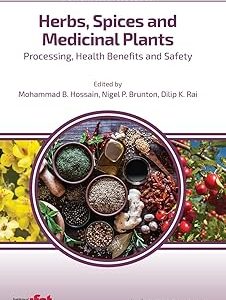
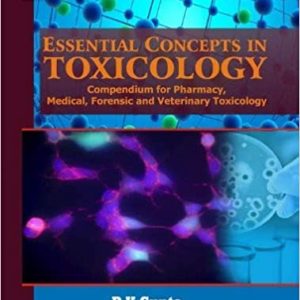
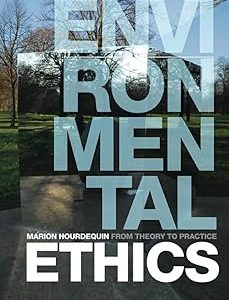
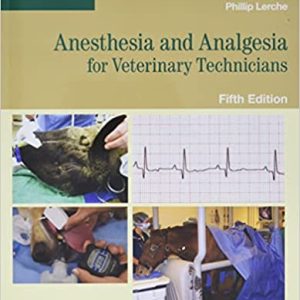

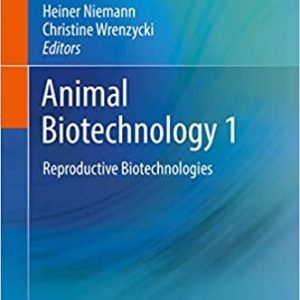
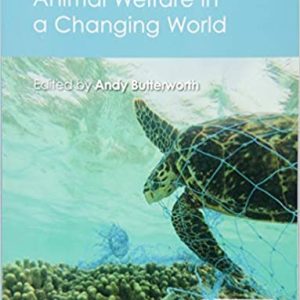


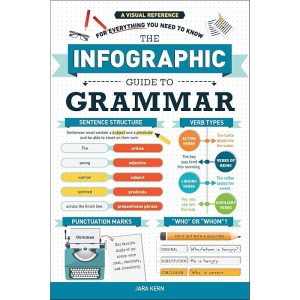
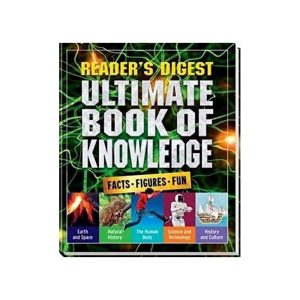
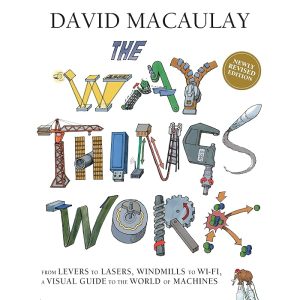
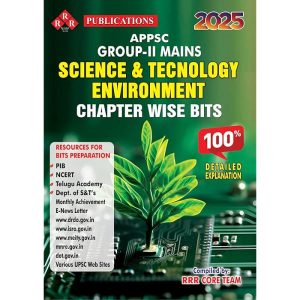
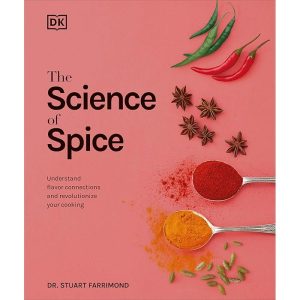
Reviews
There are no reviews yet.